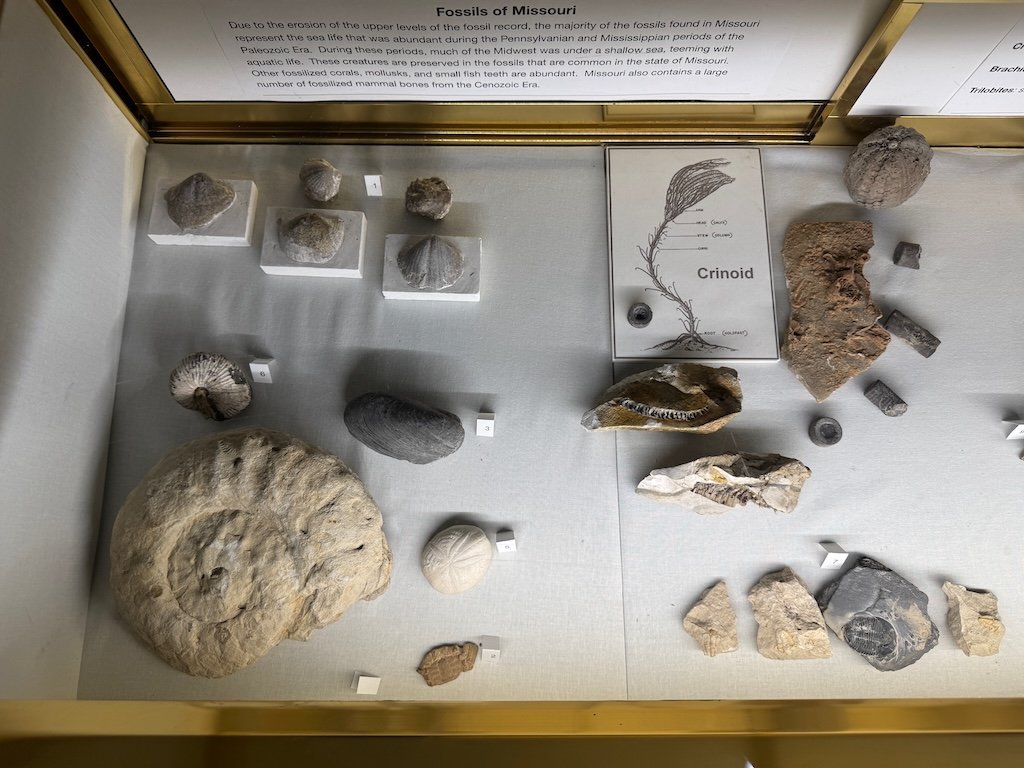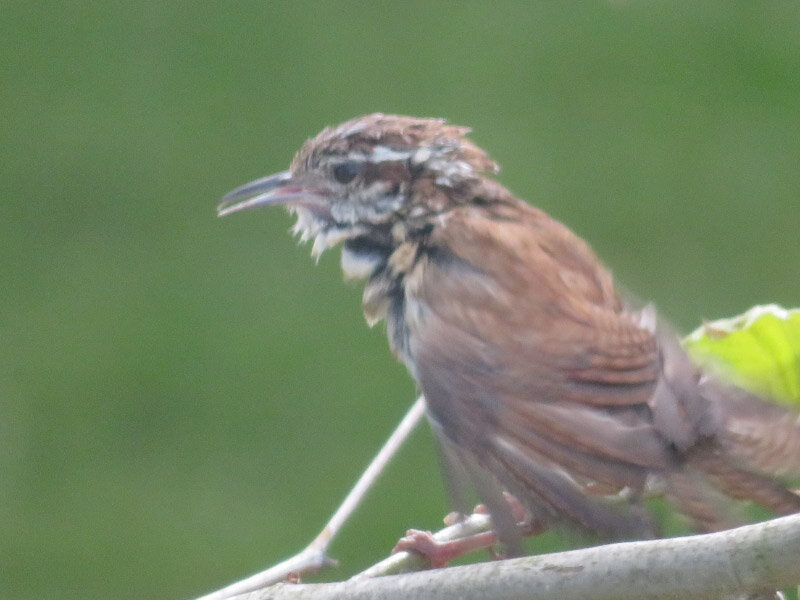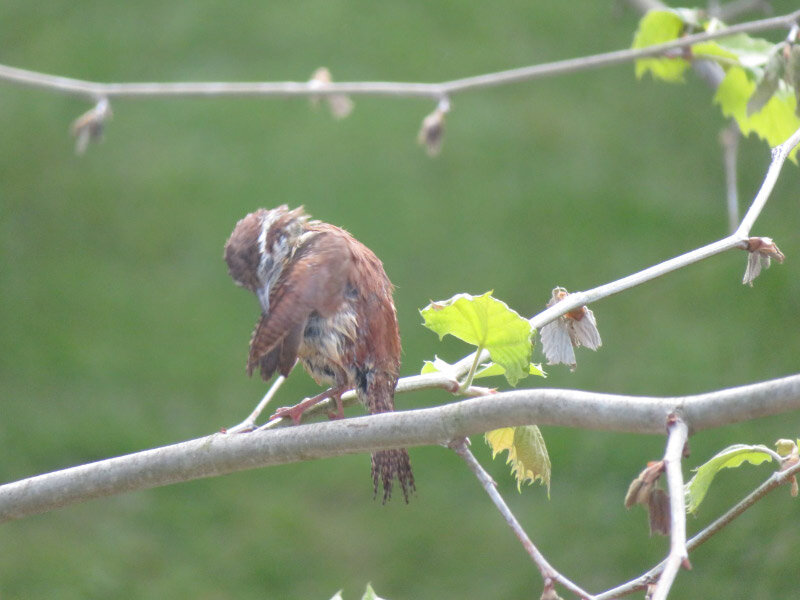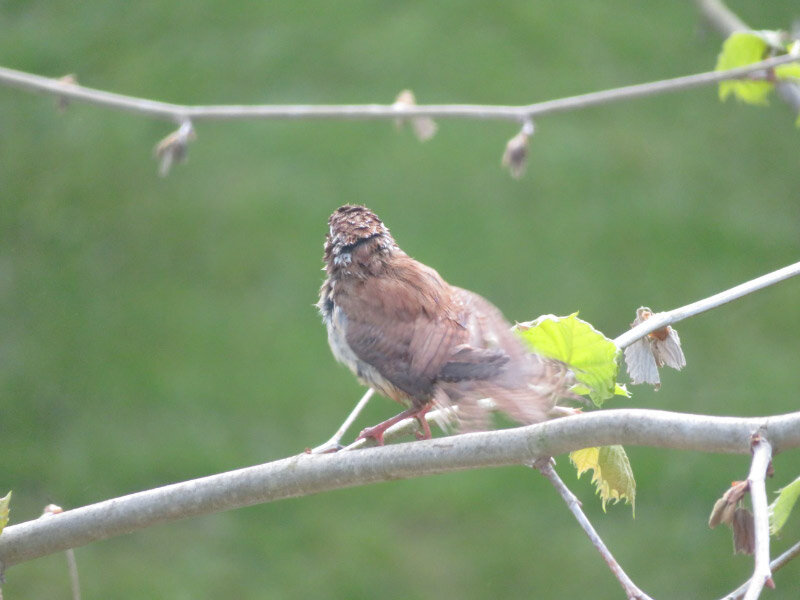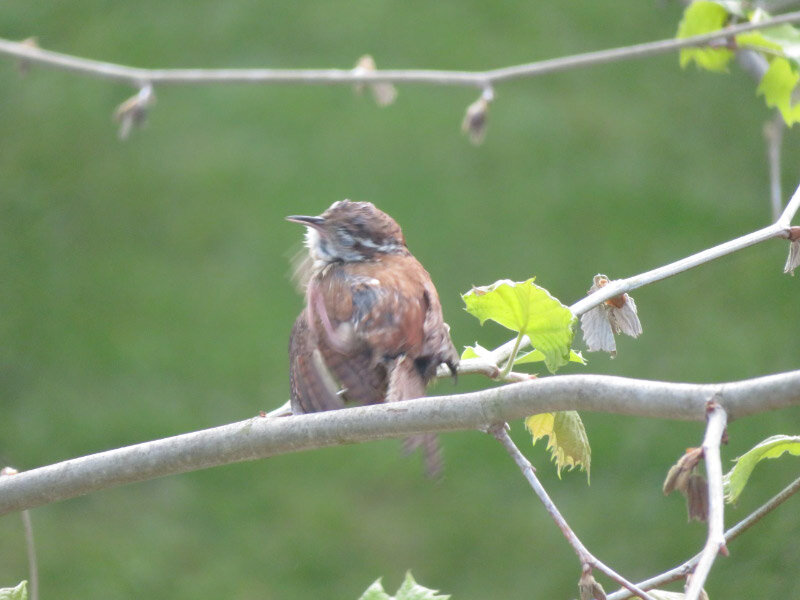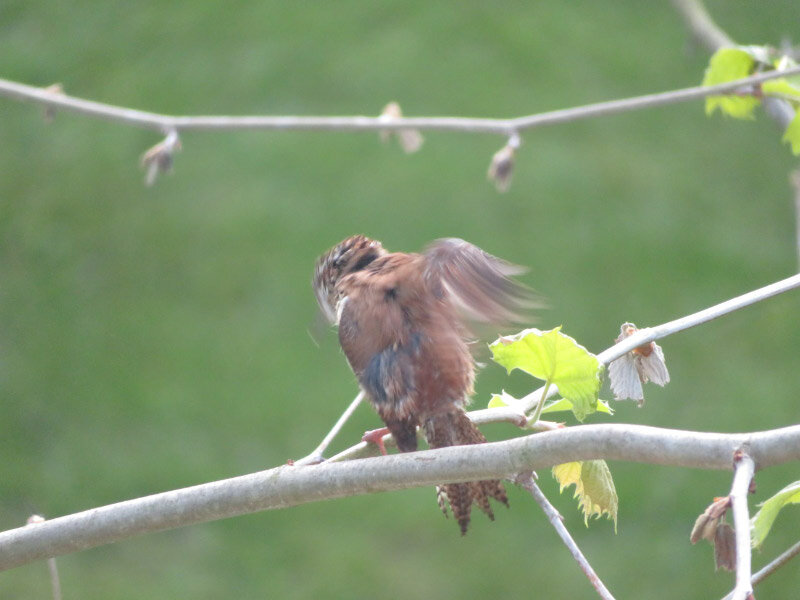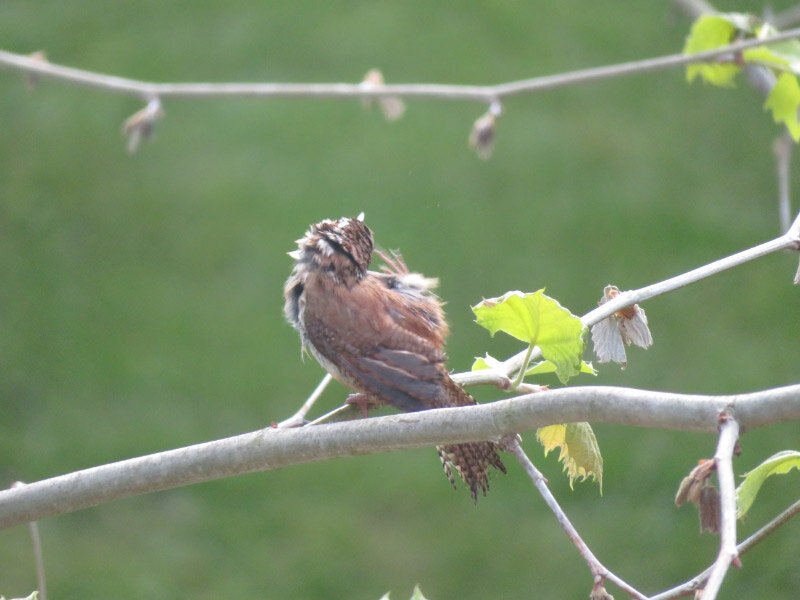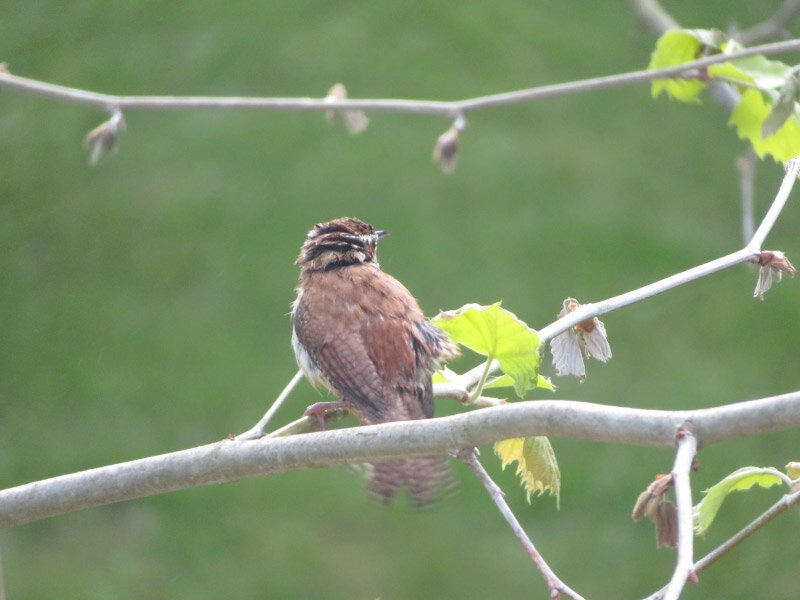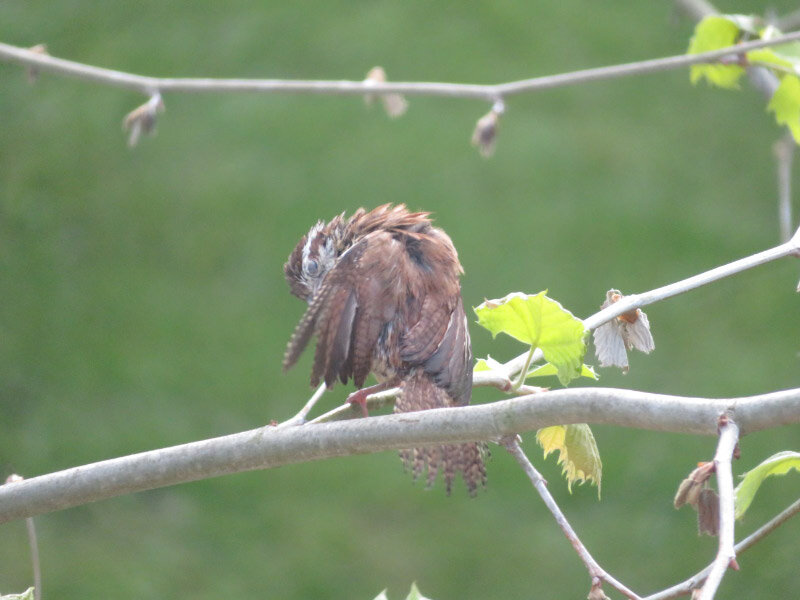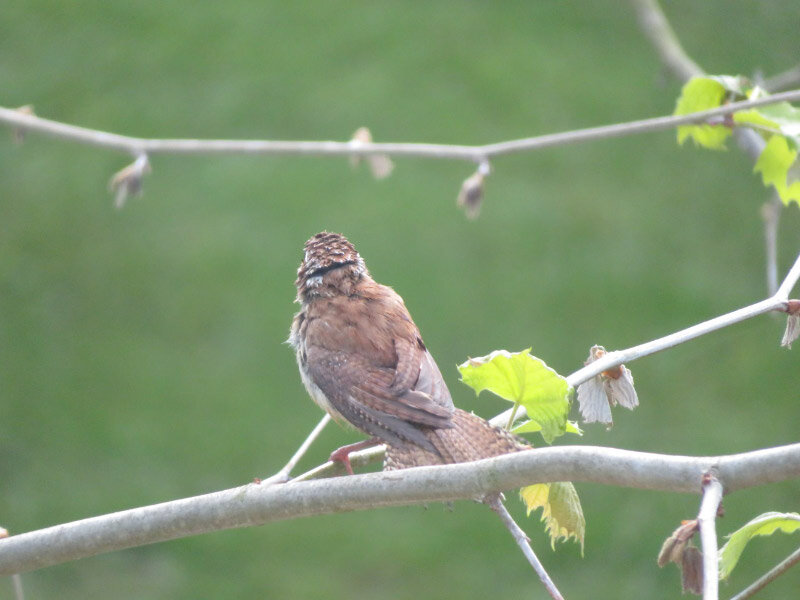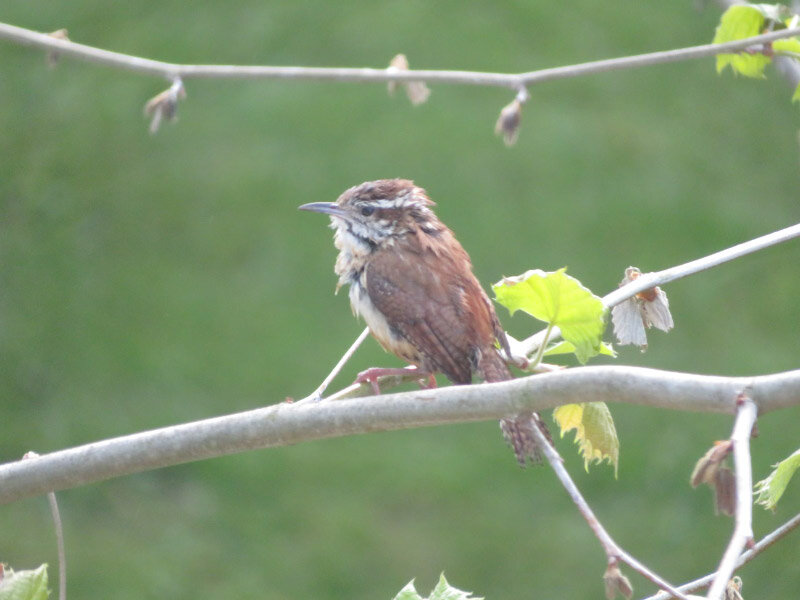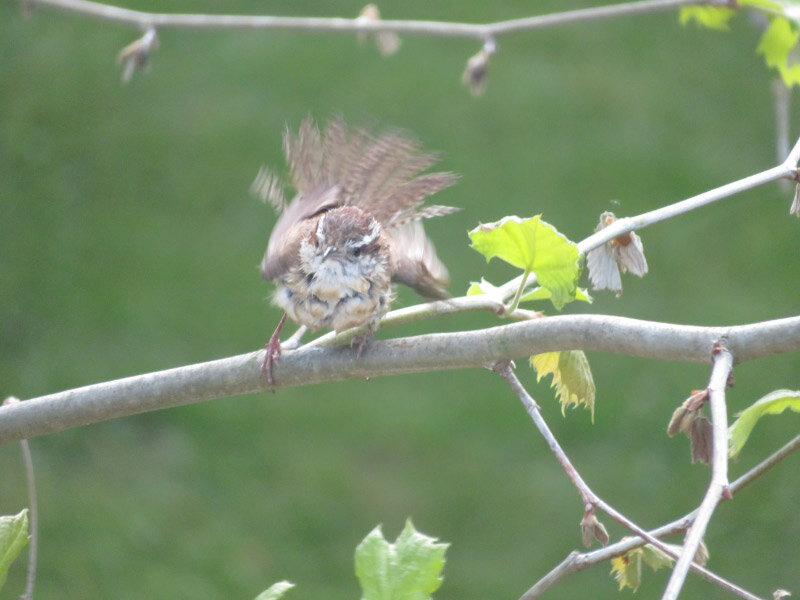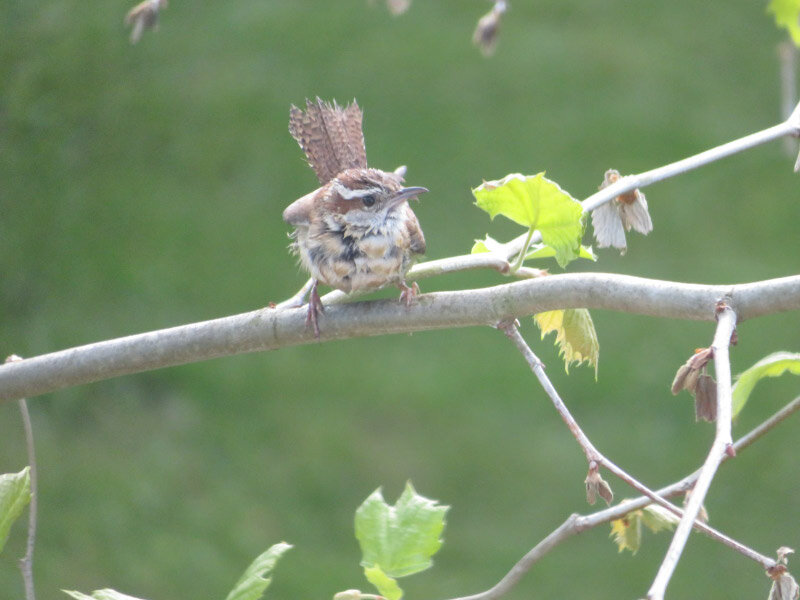Joplin History and Mineral Museum
/My daughter and I picked a sunny day before Christmas for a ‘field trip’ to the Joplin History and Mineral Museum. It was the first of my planned geology field trips in the coming months; as soon as I realized that the Missouri Master Naturalist training did not include a geology segment, I started thinking about how I could educate myself and field trips are probably my favorite options.
Joplin has a lead-mining history so many of the minerals on display include galena (black cubes usually). There were big chunks of rock and crystals. The smaller items were in glass enclosed cases around the edge of the room…large pieces on stands in the center. The labeling was well-done with numbers by the specimen and then signage nearby with the information about the specimen.
On the landing of the stairs was a case of Missouri fossils and ancient Native American artifacts. I liked the poster of different types of arrowheads.
The history side of the museum included a cookie cutter museum. I was intrigued by a circular one from Mexico with multiple shapes inside….very little dough to roll out again. They used a set of state shaped cookie cutters as part of the transition to the Route 66 part of the museum.
There was a room with models of circuses and a Victorian doll house. The doll house has plastic over the open side…but it looked like the model dog had run around and knocked over things (the Christmas tree on its side…a book and lamp pushed off a table); I told the person at the desk and we both chuckled. The doll house has had the plastic barrier on it for a long time, but the house has been moved recently and the jostling might have been enough to knock over the items.
There was also a display of the very destructive 2011 tornado in Joplin which tried to show how destructive tornados can be. The twisted muffin tin was the first item that caught and held my attention. Not far away there was a tree that had been splintered. I read more about the event when I got home and discovered that the tornado’s upheaval of the soils along its route caused re-contamination from lead mining remnants in southern Joplin…so the natural disaster recovery had a linkage to the city’s lead mining history too.
Outside there was a bench painted with wildflowers and towers of Missouri rocks. There was a metal sculpture that was interesting too.
My daughter and I had a pleasant lunch at Los Primos Mexican Grill in Joplin….sharing guacamole at the beginning and flan at the end of the meal.
Our next stop was Grand Falls – not far off I-44 west of Joplin. The lower falls is Grand Falls Chert, at 20 to 30 foot think bed of pure chert in an area otherwise dominated by limestone. The chert is extremely resistant to erosion because it is made of silica. The falls is the state’s broadest continuous flowing waterfall.
On the way home toward Springfield, my daughter looked closely at the road cut at mile marker 27.0 as I drove by and saw that the Chesapeake Fault Zone displaces the beds by a few feet toward the western end of road cut on the north side of I-44.
Both the Grand Falls and Chesapeake Fault Zone geology minutes were prompted by a few paragraphs from Roadside Geology of Missouri by Charles G. Spencer.
Overall – a good first ‘geology’ field trip.





















